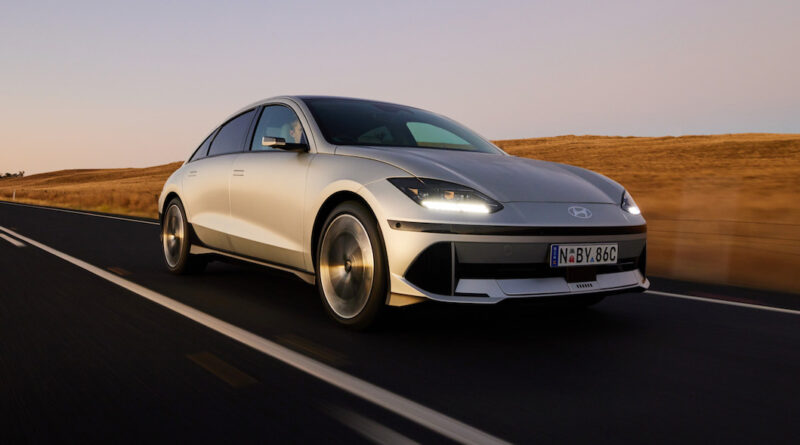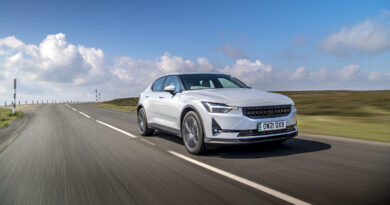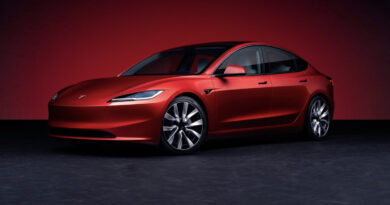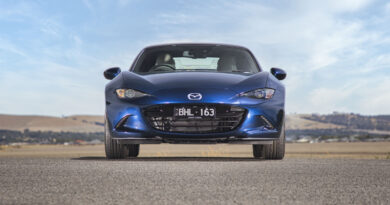Hyundai Ioniq 6 Epiq review: Another challenger for Tesla Model 3
Hyundai is continuing the expansion of its dedicated EV sub-brand line-up with the launch of the Ioniq 6 sedan in Australia.
Based on the same E-GMP architecture as the Ioniq 5 SUV, the 6 is very much its own vehicle when it comes to its wind-cheating style and sports driving experience.
READ MORE: The Hyundai Ioniq 6’s coolest features
READ MORE: Hyundai Ioniq 6 Techniq global launch review
There are three models in the range – a rear-wheel drive entry-level model and two with dual motors and all-wheel drive. Sound familiar?
Here we’re examining the dual motor flagship Epiq and we’ll follow up soon with our perspective on the single motor Dynamiq.

Value
Pricing for the Hyundai Ioniq 6 starts at $74,000 for the Dynamiq, climbs to $83,500 for the mid-spec Techniq and tops out with the $88,000 Epiq. All these prices are before on-road costs.
That means the Ioniq 6 ranges misses out on state-based rebates and the Epiq can’t claim a federal government FBT exemption either.
The Ioniq 6 Dynamiq and Techniq are also priced well above the equivalent Tesla Model 3 models, while the Epiq undercuts the muscular Model 3 Performance but can’t match its, erm, performance.
Hyundai argues any price disadvantage compared to Model 3 is compensated for by superior standard equipment.
All Ioniq 6s get dual-zone climate control with rear vents, a new slimline design for the front seats with heating, eco-processed leather seat trim, leather steering wheel trim, an electric park brake, ambient lighting, powered flush-fitting doorhandles, keyless entry and start and a power tailgate.
The Epiq and Techniq upgrade from the Dynamiq’s 18-inch alloy wheels to 20s and from Hankook Ventus eco tyres to Pirelli P Zero EV-specific rubber. They also get ventilated front seats that recline fully flat, steering wheel and rear seat heating and a full width powered sunroof.
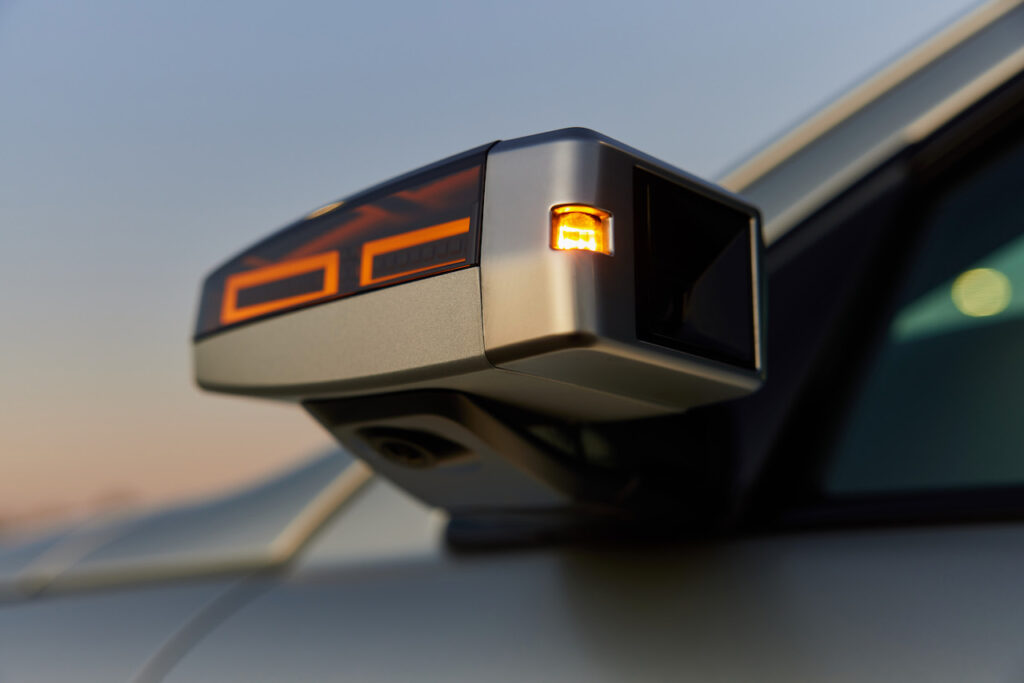
The Epiq alone includes digital side mirrors that display imagery on screens tucked into either end of the dashboard, a heat pump and battery conditioning.
The Ioniq 6 is the first Hyundai in Australia capable of accepting over the air software updates. It is also the first Hyundai battery electric vehicle sold in Australia to come with the Bluelink connected car system.
Apple CarPlay and Android Auto are standard, but are connected by cable rather than wireless. Five USB outlets, embedded sat-nav, multi-Bluetooth connectivity, AM/FM and DAB+ digital radio and a Bose eight-speaker audio system are also standard.
There are eight exterior paint choices and four interior trims they can be paired with. The only Ioniq 6 option is matte Gravity Gold paint for $1000.
So, what’s missing? There’s no spare tyre and there’s no free charging or wallbox deals. You also can’t use your phone as the key, as you can on a Tesla.
Service intervals are every 24 months and 30,000km, reflecting the reduced maintenance requirements BEVs need. The scheduled service charge for each of the first two visits is $560.
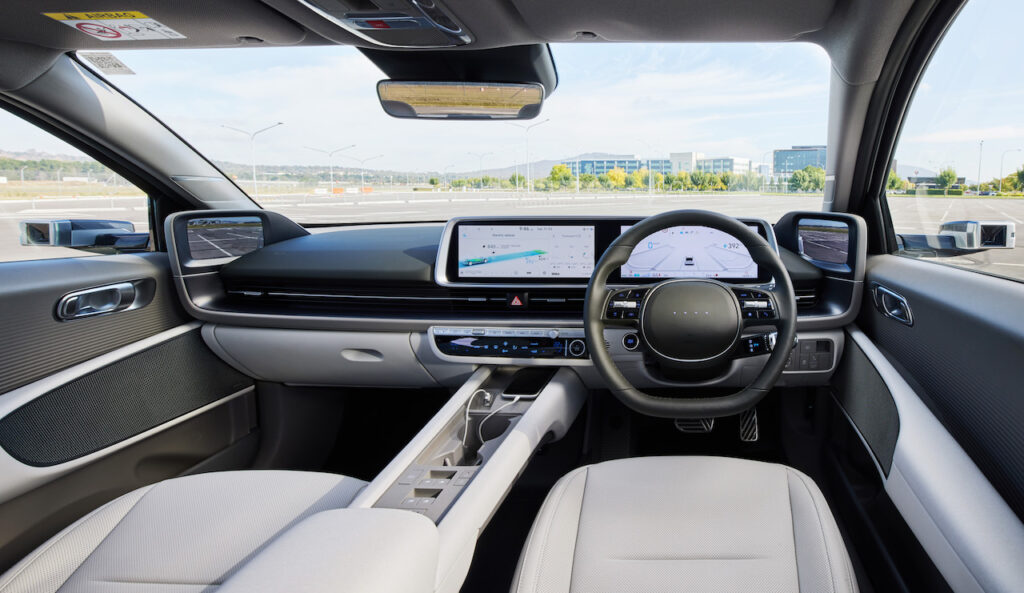
Interior
Settle into the driver’s seat of the Hyundai Ioniq 6 Epiq and you’ll spot obvious connections to the Ioniq 5.
Those two 12.3-inch digital screens are familiar, as is the two-spoke steering wheel and the bridge-type centre console with two levels of storage.
The steering wheel adjusts for reach and rake, there is a sizable left footrest and the front seats offer plenty of adjustment. But they do lack side support in the cushion. The backrest does that job better.
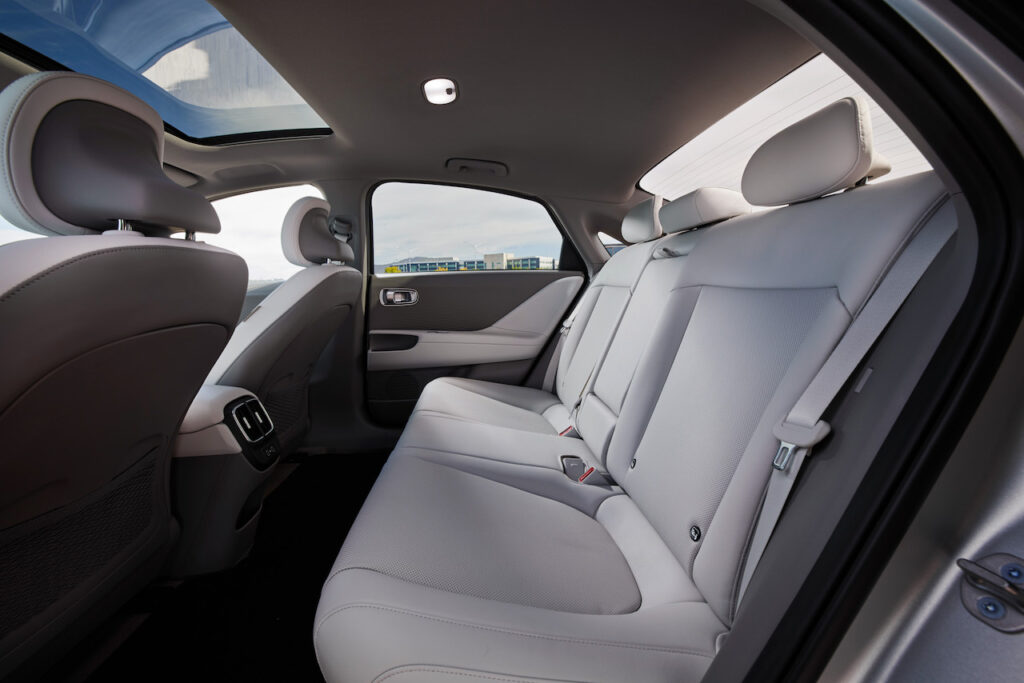
In the rear seat there is a generous amount of leg space. The new slimline front seats help with that as does the E-GMP platform, which provides a long wheelbase and a flat floor. Headroom isn’t so generous, but it isn’t too bad for adults 180cm and under.
The boot is small at 401 litres because of the e-motor under the floor. But the rear seats can be folded to expand space. There’s also a tiny frunk up-front (it really is tiny; the rear-drive model has more space because there’s no motor up front).
The Ioniq 6 offers an in-depth level of settings tuning through the infotainment touchscreen and the digital instrument panel. But it is possible to stay at surface level and not drill into the screens too far thanks to buttons and dials on the dashboard for most fundamental functions.
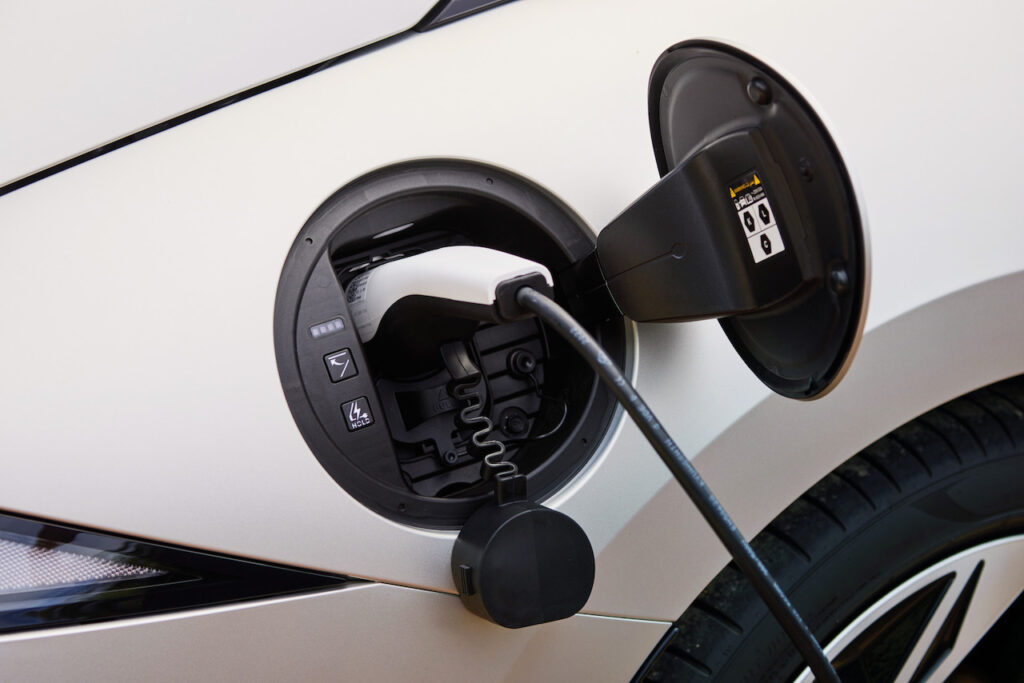
Performance and Efficiency
The Hyundai Ioniq 6 Epiq is powered by dual permanent magnetic synchronous e-motoes that produce a combined 239kW/605Nm and drive both axles via single-speed reduction gear.
The claimed 0-100km/h time is 5.1 seconds. Max power and acceleration are only available in Sport mode. The other drive modes are Eco, Normal and Custom, the latter allowing you to cherry pick the throttle sensitivity, steering weight and all-wheel drive tune you want (on-demand, permanent, rear-wheel drive only).
Like the Ioniq 5 the Ioniq 6 comes with a 77.4kWh lithium-ion battery pack slung between the axles.
The Epiq claims a 519km range (WLTP) despite its big wheels, 2078kg claimed tare weight and generous dollop of power and torque.
The range is much better than the dual motor Ioniq 5 (454km) and plenty of that can be put down to the 6’s ultra-slippery exterior that claims a 0.217 Cd. When it comes to production cars, only the Mercedes-Benz EQE is slipperier.
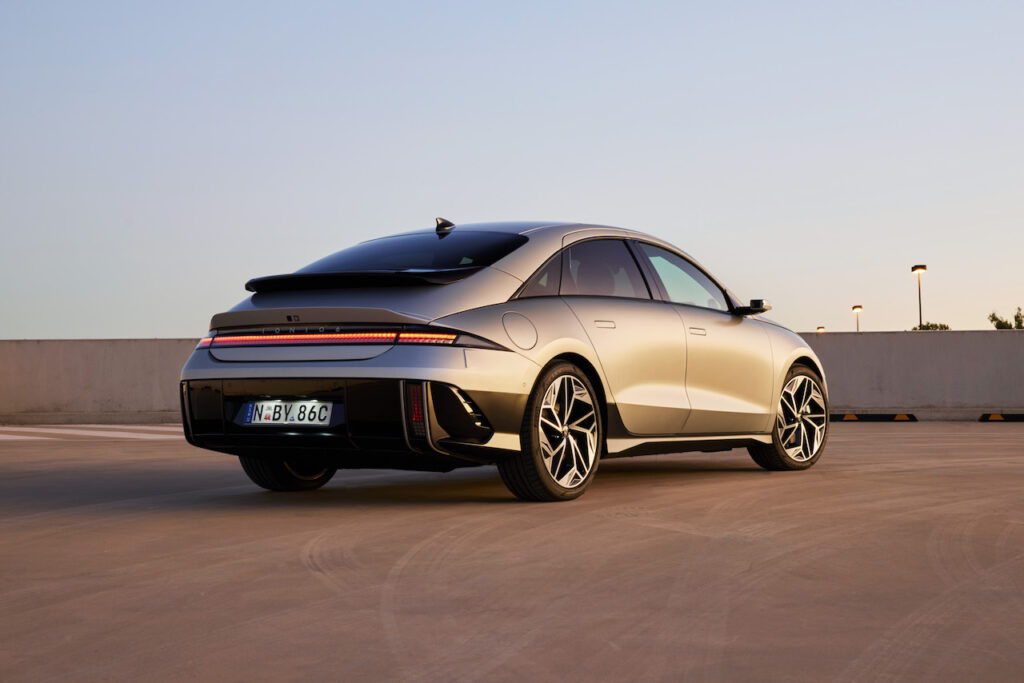
Charging the Hyundai Ioniq 6
Recharging is aided by E-GMP’s clever electric architecture that can operate at the orthodox 400 volts or ramp up to the faster 800 volts.
Hyundai misleadingly claims the Ioniq 6 can charge at up to 350kW, but that’s not right. It peaks at about 230kW, which is still rapid.
The Ioniq 6 can take as little as 18 minutes for a 10-80 percent refill using an ultra-fast DC charger.
It’ll accept up to 10.5kW of AC charge, which means something like seven hours for a full top-up.
A 7kW AC wallbox recharge will take 11 hours 45 minutes to go from zero to 100 percent, while a 230V trickle recharger will take about 35 hours.
The Ioniq 6 can regenerate energy on the run via braking and has an effective one-pedal braking mode.
Like the Ioniq 5 the Ioniq 6 has V2L (vehicle to load) capability and can charge appliance such as laptops and even other EVs.

Ride and Handling
The Hyundai Ioniq 6 has been tuned to be a much more sporting drive than the soft and wobbly Ioniq 5.
While the 5’s relaxed handling and pillowy ride suits its purpose in life, Hyundai judged the Ioniq 6 needed to be better tied down and more focussed on the driving experience.
So, what you get is a much tauter suspension set-up (primarily via damper tune) that sits the car flat and makes it handles without excessive body movement.
The downside of this suspension tune is a ride that approaches intrusive on rougher roads.
Adaptive dampers would seem a good idea, but even that this price-point Hyundai says they’re not suitable. You’ll have to wait for the Ioniq 5 N, or go but a Kia EV6 GT.
The electric steering tune has also been retuned but without any noticeable benefit. It gets progressively heavier through the modes but doesn’t become more communicative.
Still, the Ioniq 6, motors forward on a winding ride with confidence and behaves nicely when tracking through the suburbs as well.
It’s not a small car and it’s not a light car, so it’s not an especially nimble car, but there is undoubted satisfaction to be had exploiting all that torque zotting between the bends.
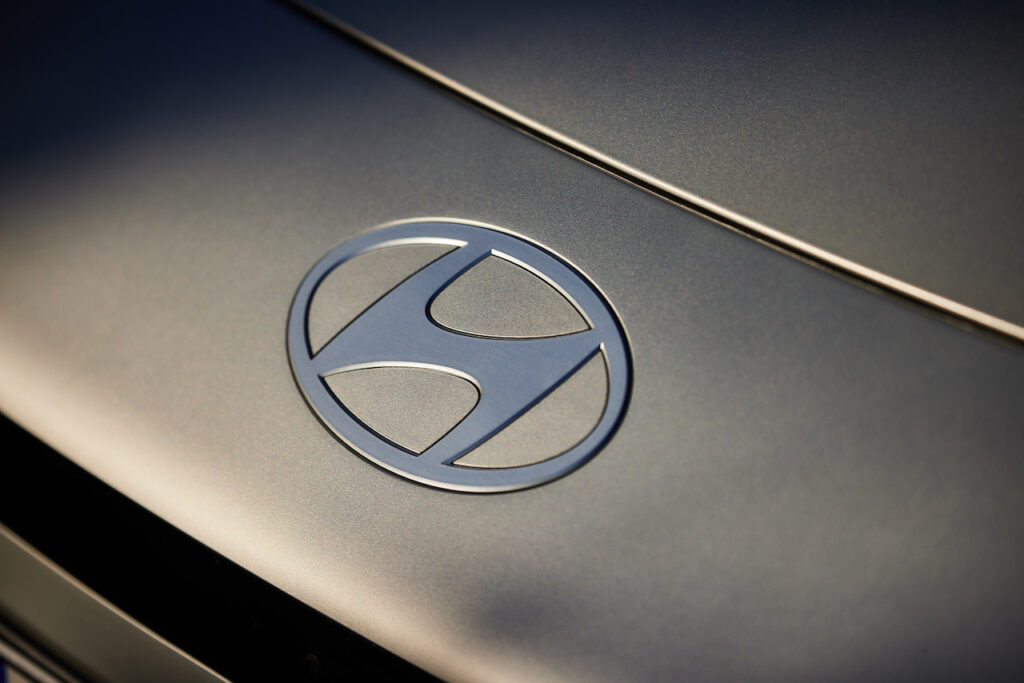
Talking Point
The most annoying thing about driving the Ioniq 6 is its desire to bing and bong warnings for speeding and steering out of lane.
Inch the speedo over the limit or drive through a school zone when it’s not in operation and you’re getting a quartet of annoying beeps. They get painful…
The speed warning – and therefore traffic sign recognition – has to be turned off via laborious multi-step (five virtual button presses from when you start the car) drill into touchscreen menus every time the car is turned on.
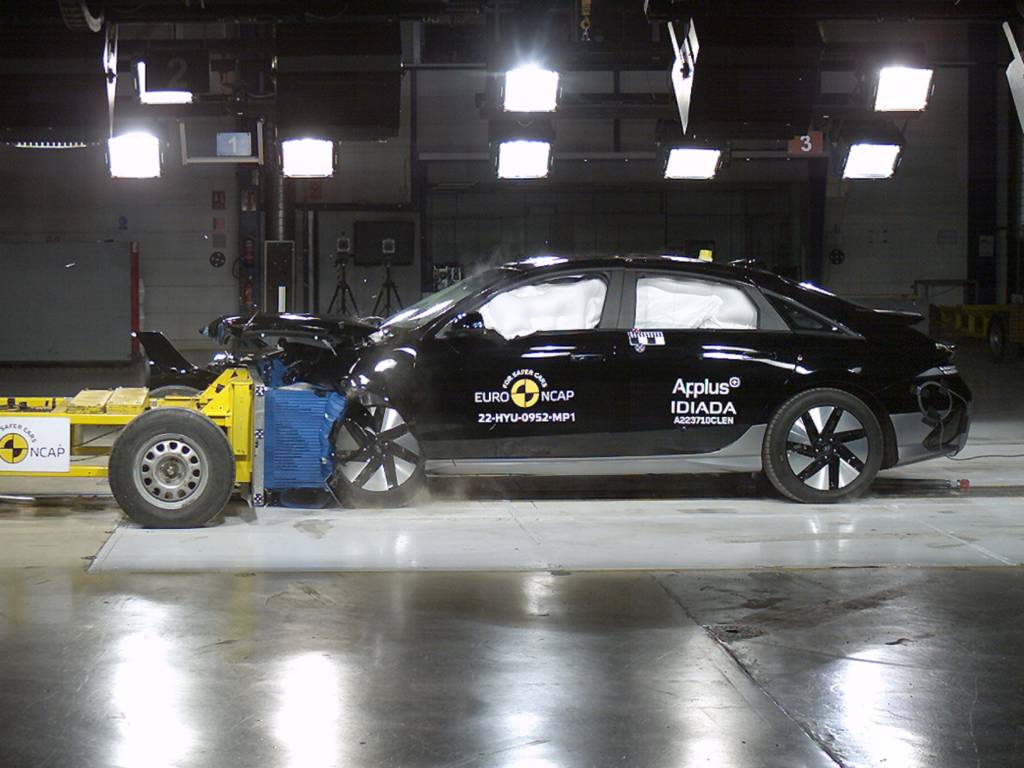
Safety
The 2023 Hyundai Ioniq 6 Epiq has a five-star ANCAP rating based on the latest 2023 protocols, seven airbags and several safety features new to the Hyundai line-up in Australia.
Those features including Intelligent Front Lighting that adjusts the dual projector LED light beam to avoid blinding oncoming traffic, a forward collision avoidance assist that reacts in more emergency scenarios, wider low-speed parking assist collision avoidance parameters and a reverse parking system that now operates in more situations including diagonal spaces.
These updates join a long list of driver assist tech including autonomous emergency braking that can detect vehicles, pedestrians or cyclists.
Other DAS includes evasive steering assist and crash avoidance systems for junctions, oncoming traffic, lane changing, reversing and when vehicles are in the blind spot on the road or when exiting a parking spot.
A comprehensive safety suite is rounded off by a 360-degree camera, front and rear parking sensors and seven airbags including a front-centre airbag.
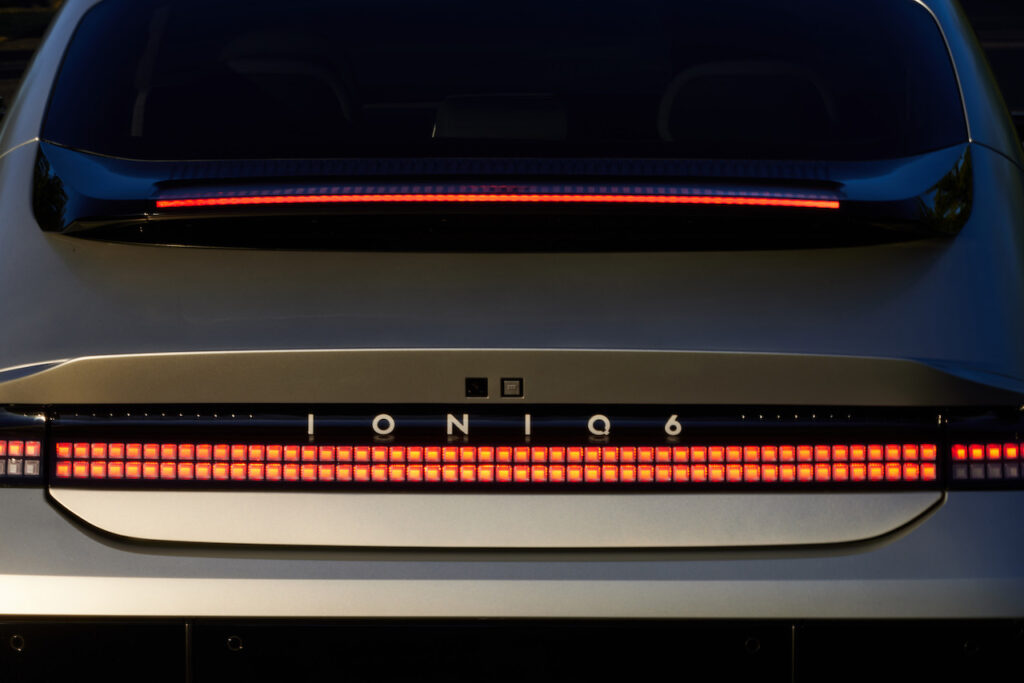
Verdict
The Hyundai Ioniq 6 Epiq is an impressive vehicle in terms of technology, performance and design.
It is getting up there on price, but with only 1300 examples coming to Australia in 2023 it’s unlikely any are going to be left on the shelf.
And those 1300 people who do end up with a Hyundai Ioniq 6 Epiq will surely be impressed by what they have bought.
Hyundai Ioniq 6 Epiq specifications
Price: $88,000 plus on-road costs
Basics: EV, 4 seats, 5 doors, large sedan, AWD
Range: 519km (WLTP)
Battery capacity: 77.4kWh
Battery warranty: 8 years/160,000km
Energy consumption: 16.9kWh/100km (WLTP)
Motors: One front, one rear, combined maximum output 239kW/605Nm
AC charging: 10.5kW, Type 2 plug
DC charging: 230kW (approx), CCS Combo plug
0-100km/h: 5.1 seconds (claimed)

